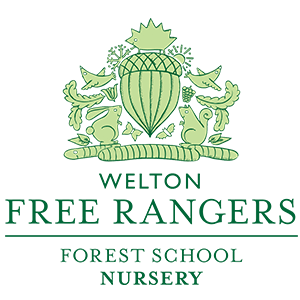As a Forest School Leader, there is no greater moment when a child has that Eureka! moment. That little click, when they realise what they're doing is getting results, or the fog of confusion lifts gives way to the clarity of understanding, offering that warm fuzzy feeling of self-worth. We continued with lighting fires this week, as we explored the construction and lighting in greater detail and reinforced the learning we had done on the previous weeks keywords and understanding. One particular boy, who struggles with his concentration and is a particularly kinaesthetic learner had struggled last week to get the fire steel to spark. With that he quite quickly lost interest and would then navigate towards doing his own thing, whether this was going off to explore or play, anything other than coming back to try and overcome his lack of confidence with the steels and construction of the fire.
For a child of 3 or 4, fire steels like these Swedish scout editions of the Army issue model, are not easy to use (although I have found them to be the best of the ones available, and i've been through many different types!), but once you get the knack, you can light a fire on a first strike. The majority of children can get a small spark to fire but need a little assistance to produce enough of a shower to light the tinder (cotton wool) and later the kindling (thin twigs that rest on top). This week, this particular boy cracked it. His technique was very good and from that moment on, opened the door to the rest of the knowledge on offer. He soaked it up like a sponge, so much so that for the last session he wanted to show the children how to do it and even went to the extent of correcting his fellow Forest Schoolers technique such as where the thumbs should be and the angle of the steel on the ferrous rod. There was even a point where I saw him trying to sneak some kindling and tinder into his pocket so he could try at home. I had to reinforce the safety talk at this point...
Peer learning can be an accessible and reciprocal way for learning to happen more naturally between children. For example, on one hand you have the child doing the 'teaching', or as Vygtoksy saw as the 'MKO' (More Knowledgeable Other), who gains a tremendous boost in their own self esteem and worth being able to support their peers development. On the other you have the tutee, who as Vygotsky's studies suggest can access and question more comfortably with a peer over say an adult leader and can extend and strengthen learning on a much deeper level, as well as reinforce social relationships as well.
As Punch and Judy once said: "That's the way to do it..."
Enjoy the sun.
Red Fox
[nggallery id=25]
